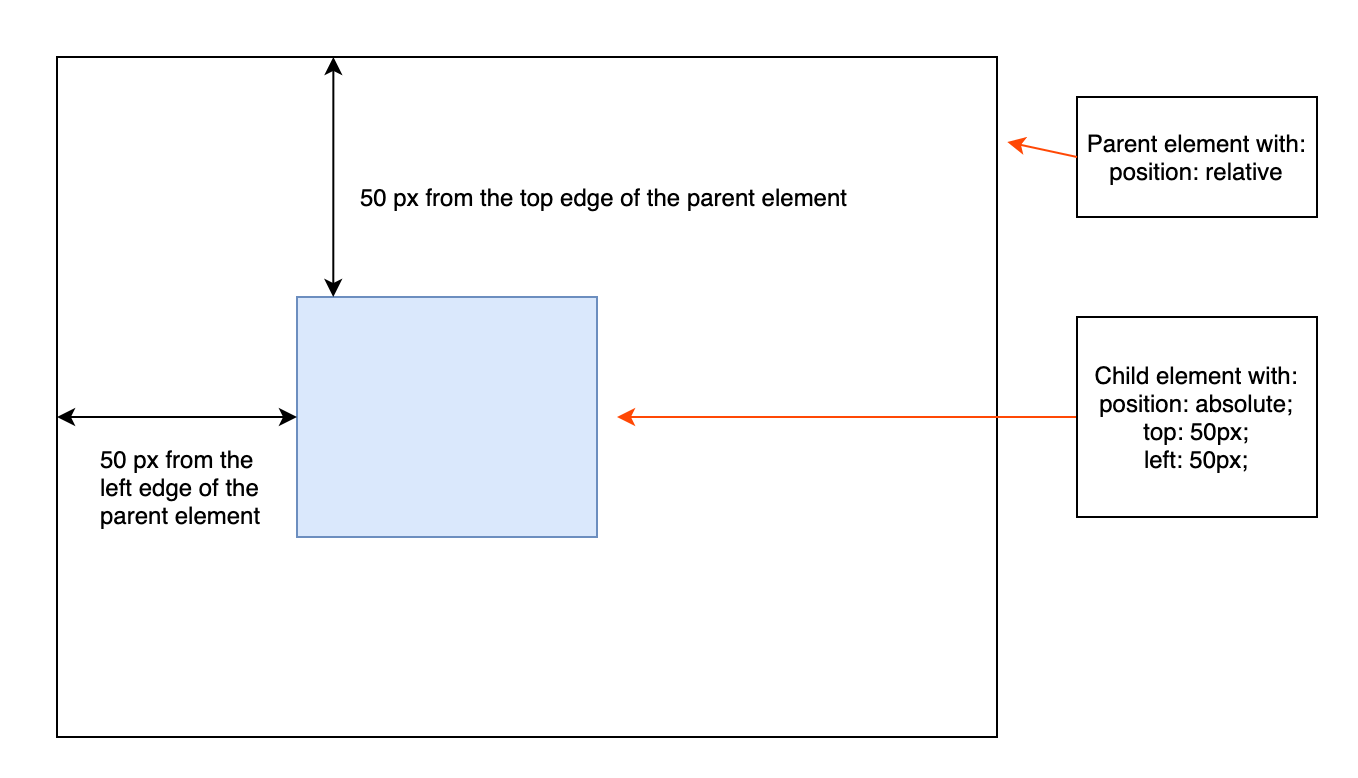- Position elements absolutely
- Practice using CSS selectors
Oh no! All of our kittens have escaped from the wheelbarrow and we need to get them back in. Help collect all the kittens and put them into the wheelbarrow using CSS selectors and absolute positioning.
Fork and clone this lesson into your local environment. Navigate into its
directory in the terminal, then run code . to open the files in Visual Studio
Code.
There are a few different ways we can use CSS to position elements in our web pages. Absolute positioning means placing the element in its containing element in a certain location that will stay the same no matter where other elements are placed. We can use absolute positioning to specify exactly where in the document layout we want an element to be placed:
Here's an example of what absolute positioning looks like in CSS:
.parent-element {
position: relative;
}
.child-element {
position: absolute;
top: 50px;
left: 50px;
}Note When using
position: absolute, the browser calculates the position using top/left from the closest parent element that has a position specified — that's why in the example, we're specifyingposition: relativefor the parent element. Check out the resources on positioning for more info on this if you're interested!
For this lab, we've done the work of calculating the absolute positions and creating CSS rules for a bunch of different kitten image elements. It's your job to use CSS selectors to apply the correct positioning to each of these elements.
To get started with this lab, open the index.html file in the browser. Use the
comments in css/place-kitty.css to write the correct selectors to move each
kitty into the wheelbarrow.
Nice work getting practice with more CSS selectors, and learning about absolute positioning along the way! Now that you've seen absolute positioning in action, you'll have a better sense of when you might need to use it to build more complex CSS layouts in the future.
